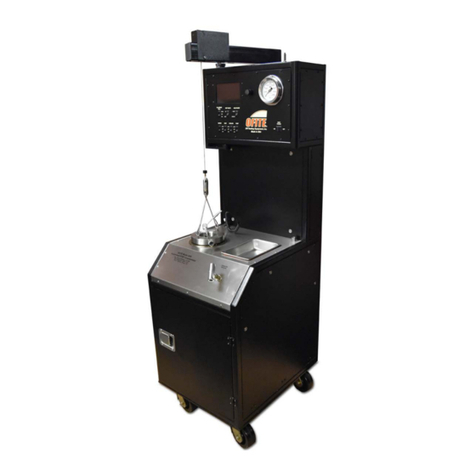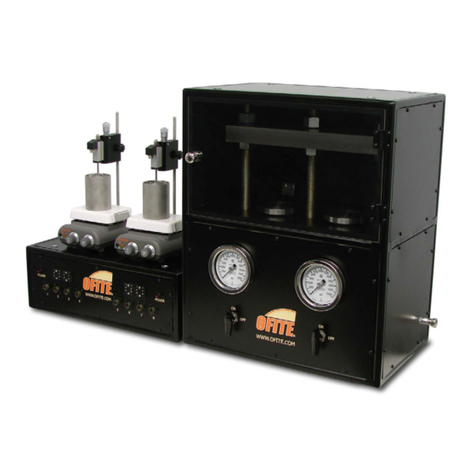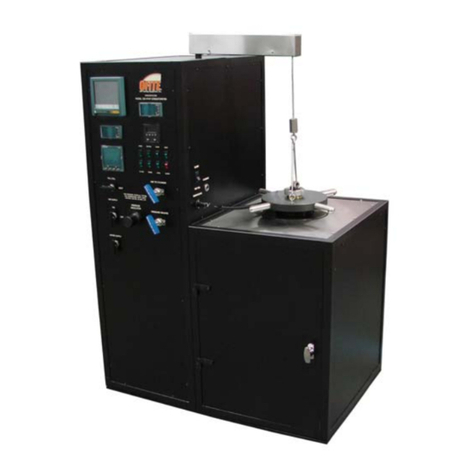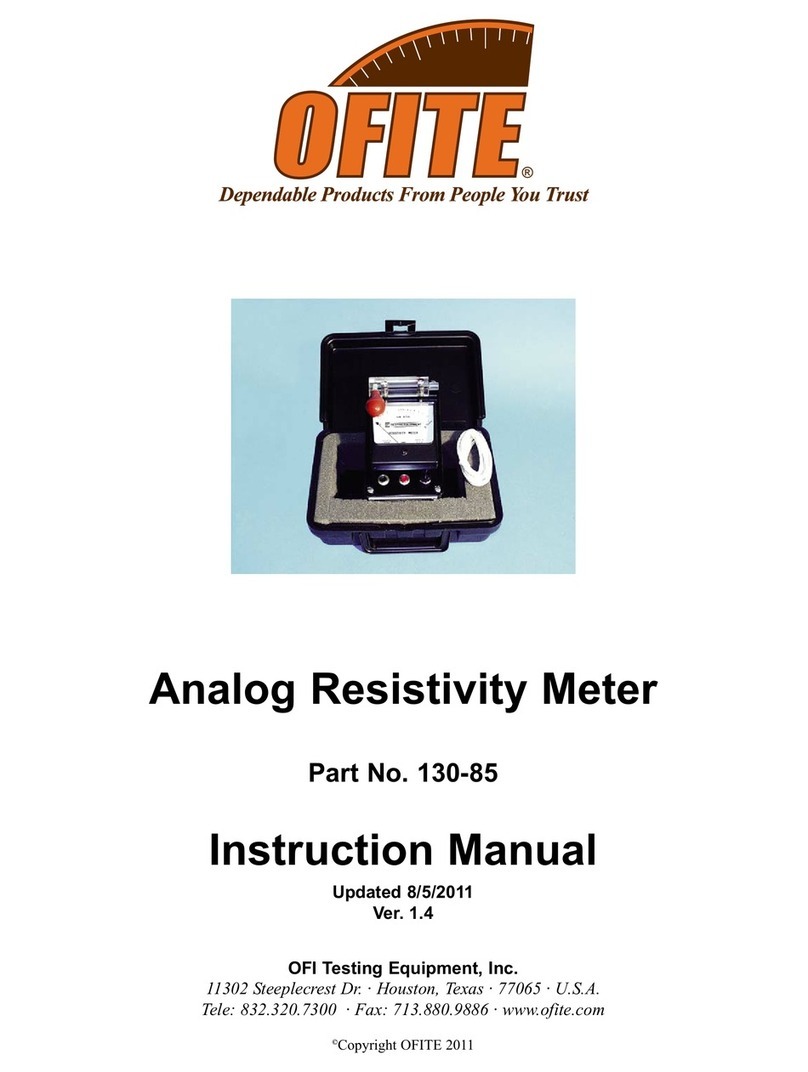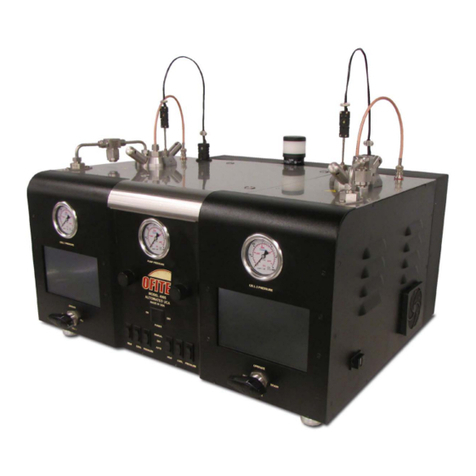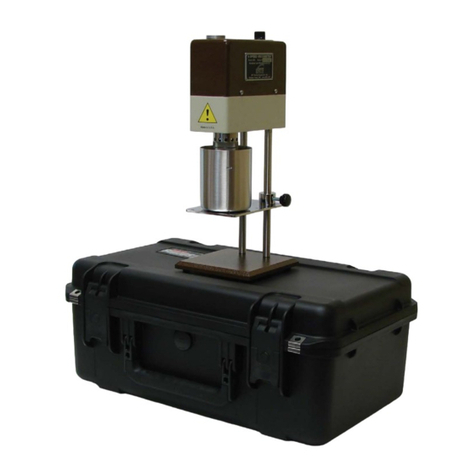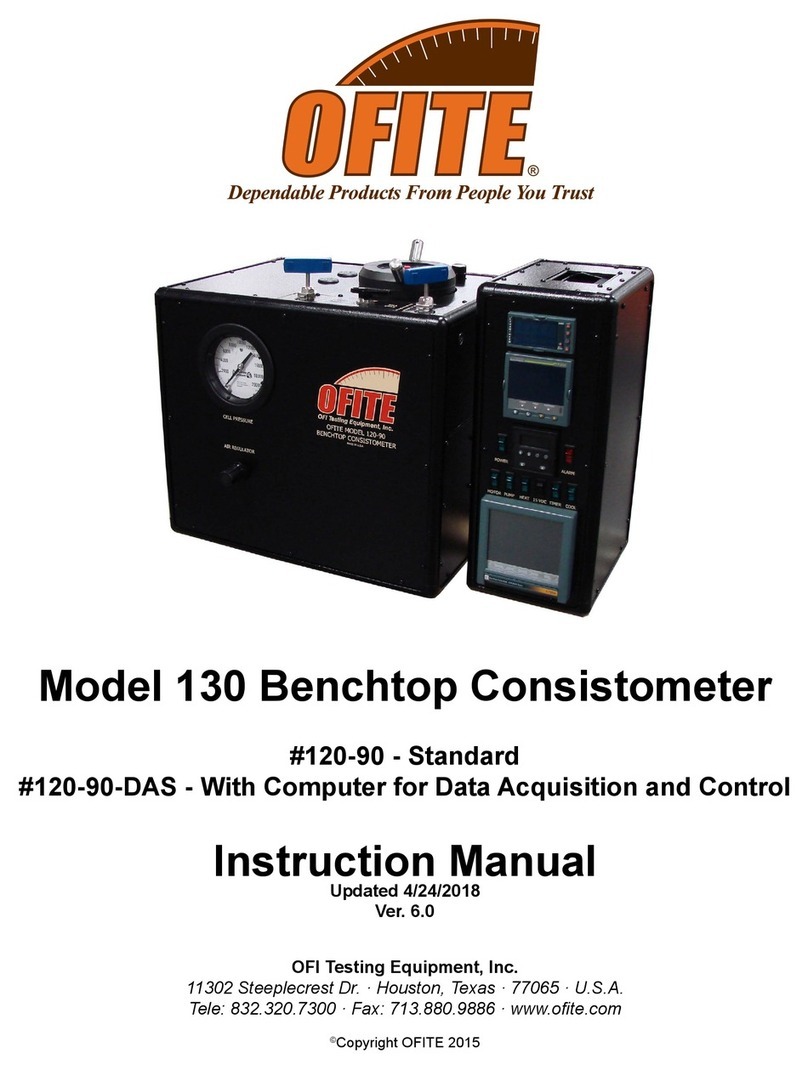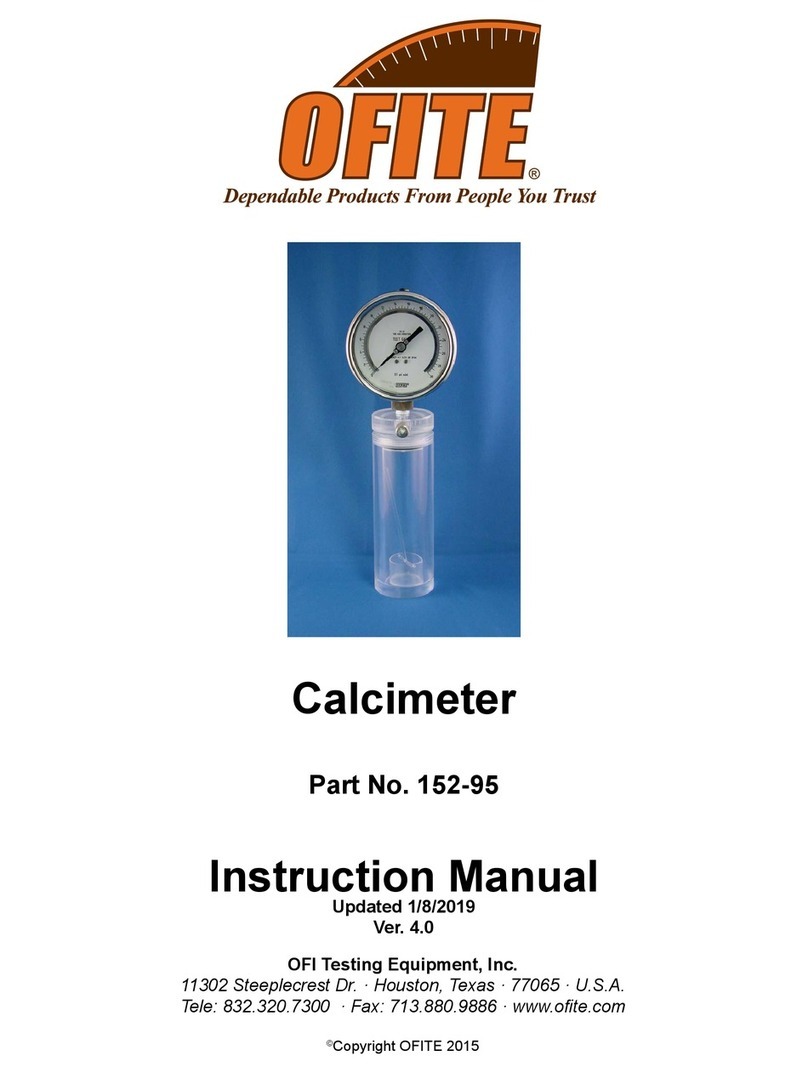
OFITE, 11302 Steeplecrest Dr., Houston, TX 77065 USA / Tel: 832-320-7300 / Fax: 713-880-9886 / www.ote.com 1
Intro..................................................................................................2
Components....................................................................................3
Specications .................................................................................5
Setup................................................................................................6
Computer ....................................................................................6
Viscometer ..................................................................................7
Control Panel ..................................................................................8
Operation.........................................................................................9
Software Start ...............................................................................14
Calibration.....................................................................................18
Fluid Manager ...........................................................................22
Software ........................................................................................23
Options......................................................................................23
Save Rate Settings ...................................................................26
Test Builder ...............................................................................27
Select Analysis Outputs..........................................................30
Saved Test Data........................................................................31
Calibration History.....................................................................33
Import/Export.............................................................................34
Starting a Test ...........................................................................35
Maintenance..................................................................................36
Disassembly .................................................................................37
Cell............................................................................................37
Rotor .........................................................................................38
Cell Top .....................................................................................40
Coupling....................................................................................41
Remove/Install ..............................................................................42
Angular Contact Bearing...........................................................42
Pivot Bushing ............................................................................43
Rotor Bushing ...........................................................................44
Torsion Assembly ......................................................................45
Appendix ......................................................................................47
Zeroing the Compass................................................................47
Reinstalling Software ................................................................50
Minimum Required Pressures...................................................51
Conversion Charts ....................................................................52
Test Cell Assembly ...................................................................53
Test Cell Assembly - Exploded..................................................54
Warranty and Return Policy ........................................................55
Table of
Contents













